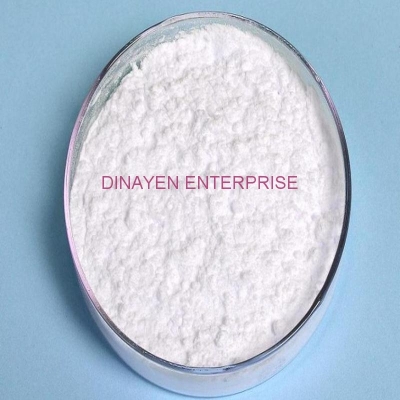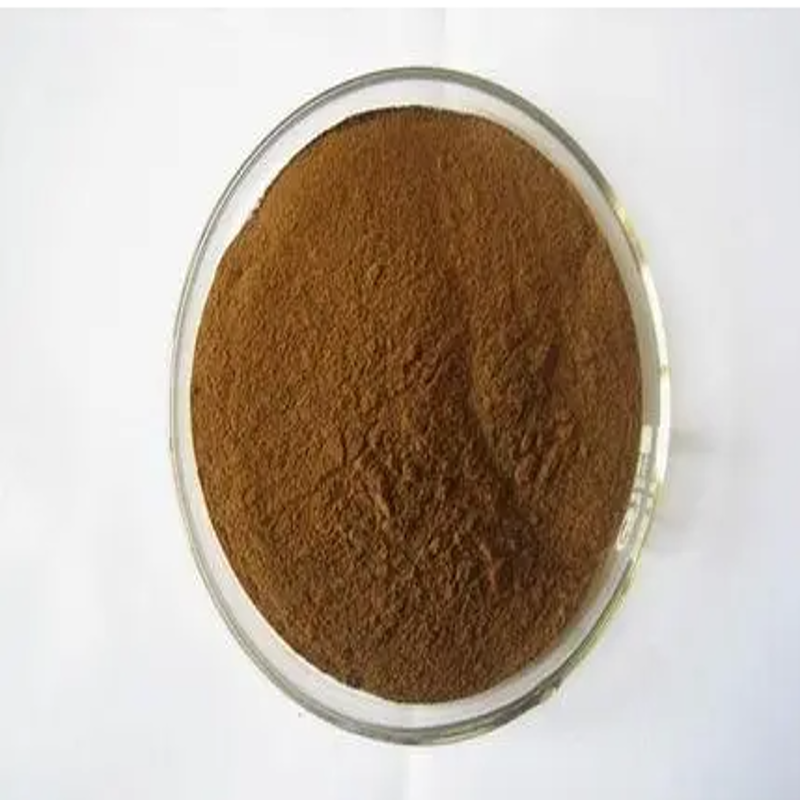-
Categories
-
Pharmaceutical Intermediates
-
Active Pharmaceutical Ingredients
-
Food Additives
- Industrial Coatings
- Agrochemicals
- Dyes and Pigments
- Surfactant
- Flavors and Fragrances
- Chemical Reagents
- Catalyst and Auxiliary
- Natural Products
- Inorganic Chemistry
-
Organic Chemistry
-
Biochemical Engineering
- Analytical Chemistry
- Cosmetic Ingredient
-
Pharmaceutical Intermediates
Promotion
ECHEMI Mall
Wholesale
Weekly Price
Exhibition
News
-
Trade Service
A blood protein test is gaining further support as a biomarker for patients diagnosed with frontotemporal dementia (FTD), a group of brain disorders with few treatment options
In a new paper published in Cell Reports Medicine, Mayo Clinic researchers and members of the Longitudinal Assessment of Frontotemporal Degeneration and Familial Frontotemporal Dementia Study (ALLFTD Consortium for short), Neurofilament Light (NfL) is a useful biomarker for frontotemporal dementia
"There is currently no truly effective treatment for frontotemporal dementia," said Dr.
The researchers conducted a comprehensive survey of plasma neurofilament light in all frontotemporal dementia syndromes in a large cohort of approximately 1,000 participants
Conditions associated with frontotemporal dementia include:
Frontotemporal dementia (behavioral variant)
primary progressive aphasia
progressive nuclear palsy
corticobasal syndrome and its variants
All of these diseases involve degeneration and atrophy of the frontal and temporal lobes of the brain
The researchers measured the amount of neuromerin in plasma collected from three groups of people:
Healthy people without genetic mutations known to cause frontotemporal dementia
Healthy people have gene mutation that causes frontotemporal dementia
people with frontotemporal dementia syndrome
The researchers found that plasma neurofilament light levels were elevated in people with all types of frontotemporal dementia, as well as in people with the genetic mutation but not yet showing symptoms
They found that in patients with frontotemporal dementia, higher levels of neurofilament light were associated with more severe disease
"Through this study, we have created a primary informative database that includes both lateral and longitudinal NfL data, as well as demographic, genetic, clinical, and neuropsychological data," said Mayo Clinic neuroscientist and the study's corresponding author Dr.
The researchers say their findings could inform other areas of research in neurodegenerative diseases, many of which are biomarkers for neurofilament light







